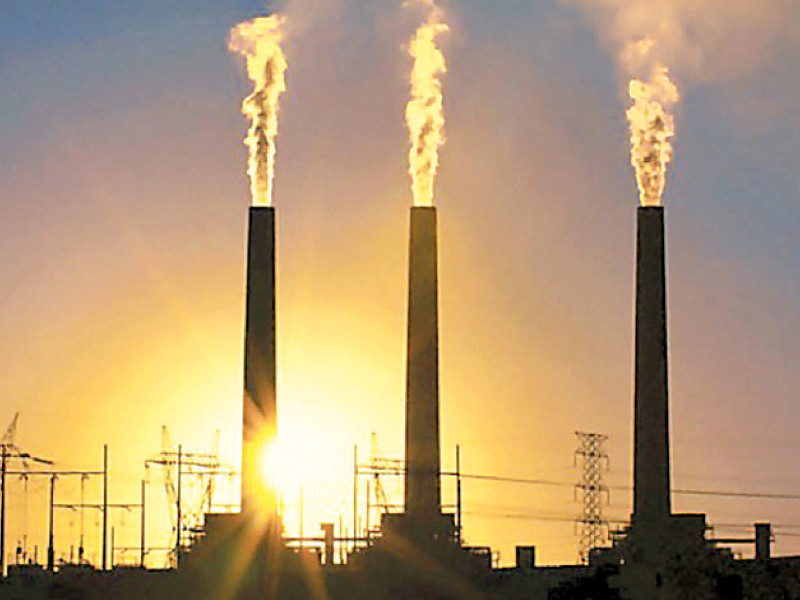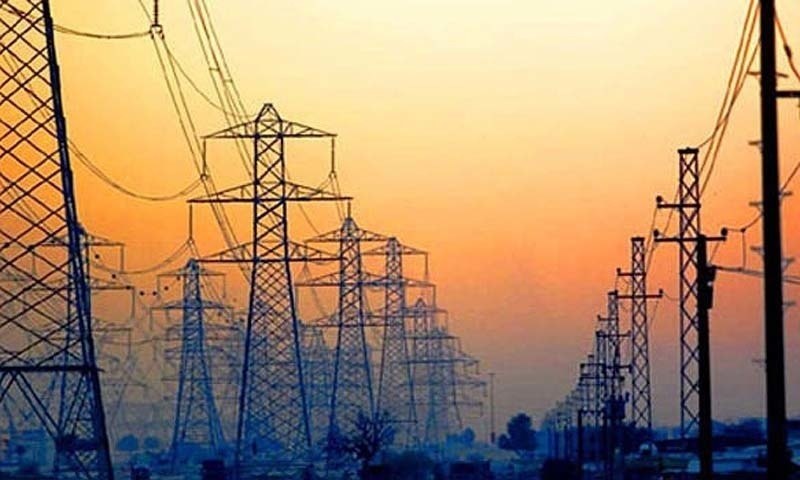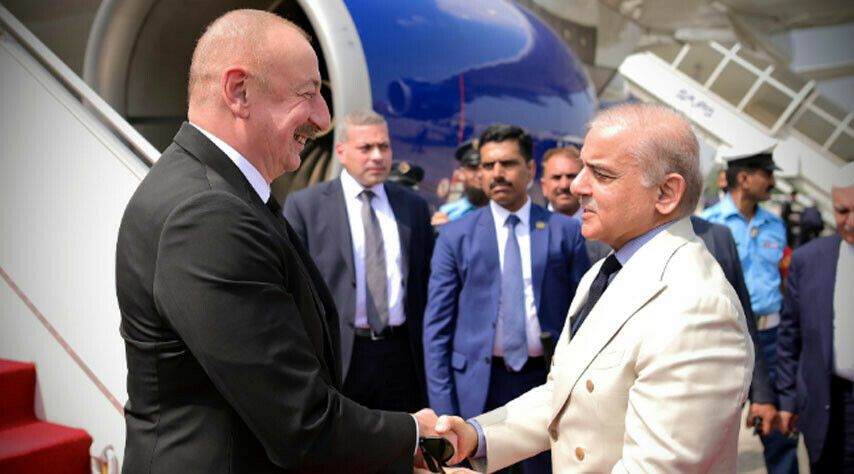Mohsin Siddiqui (Chief Reporter)
International Monetary Fund’s (IMF) agreement, the Petroleum Division has adjusted its gas supply priorities, removing captive power plants from its list of prioritized sectors. This decision signifies the government’s commitment to implementing measures outlined in the IMF agreement.
As part of the initial steps, the Division has increased the tariff for captive power plants from Rs 1100 to Rs 2750 per mmbtu. Additionally, the government has downgraded the priority of gas supply to captive power plants, with further tariff reviews expected in upcoming gas tariff revisions.
A statement released under the title “Pakistan, IMF Reaches Staff-Level Agreement on the Second and Final Review of the 9-Month Stand-By Arrangement” underscores the importance of restoring the energy sector’s viability. This includes accelerating cost-reducing reforms such as enhancing electricity transmission and distribution, integrating captive power demand into the electricity grid, improving distribution company governance and management, and implementing effective anti-theft measures.
During a public hearing regarding the petition of Sui Southern Gas Company (SSGC) on March 18, industrialists opposed the removal of captive power plants from the prioritized list. They argued that the industrial sector is currently cross-subsidizing fertilizer and the domestic sector. The transition of industries to grid electricity, coupled with the shift to biomass and local coal boilers, will further burden domestic consumers and result in substantial losses for gas companies.
Presently, SSGC has around 800 connections to captive power plants, consuming 180-200 mmcfd of gas, while Sui Northern Gas Pipeline Limited (SNGPL) has 369 connections, consuming 200-250 mmcfd of gas.
The Petroleum Division is also reviewing the disparity in gas rates between provinces. Gas rates in Khyber Pakhtunkhwa start at Rs 2600 per mmbtu but rise significantly to Rs 3700-3800 per mmbtu after RLNG blending in Punjab. In Sindh, SSGC blends 40% RLNG for captive and 20% RLNG for general industry, which industrialists find unaffordable.
Pakistan’s agreement with the IMF aims to align local gas prices with imported LNG prices, redirecting gas from industries to more efficient LNG-fired power plants to reform the energy sector.




